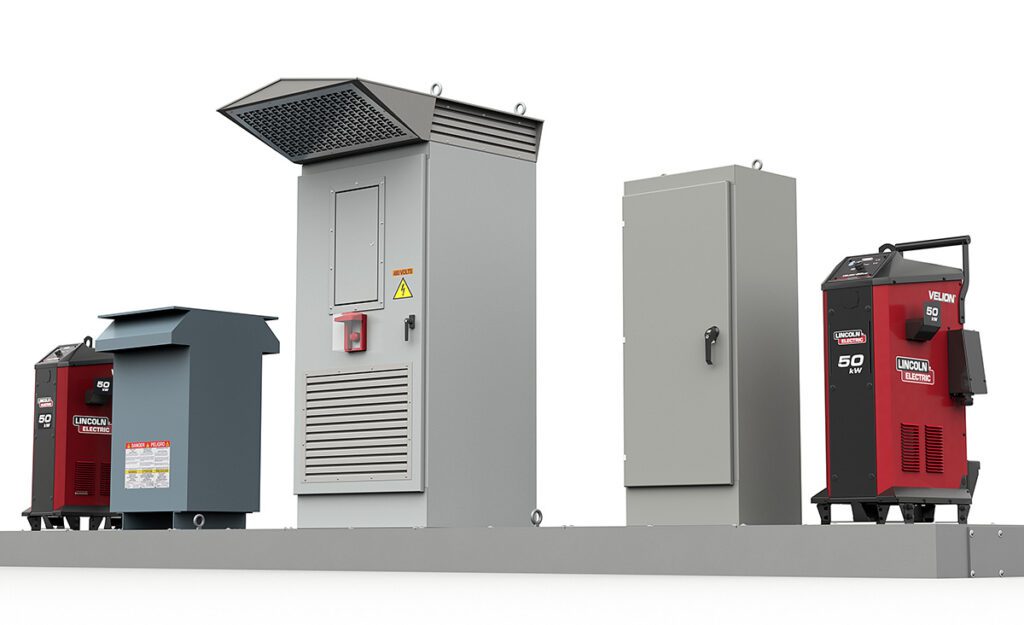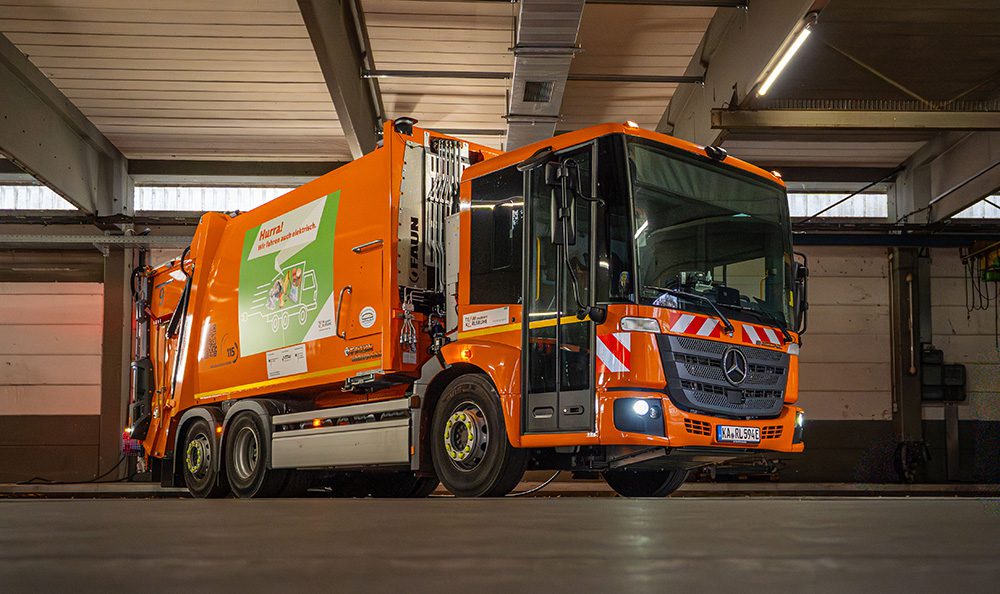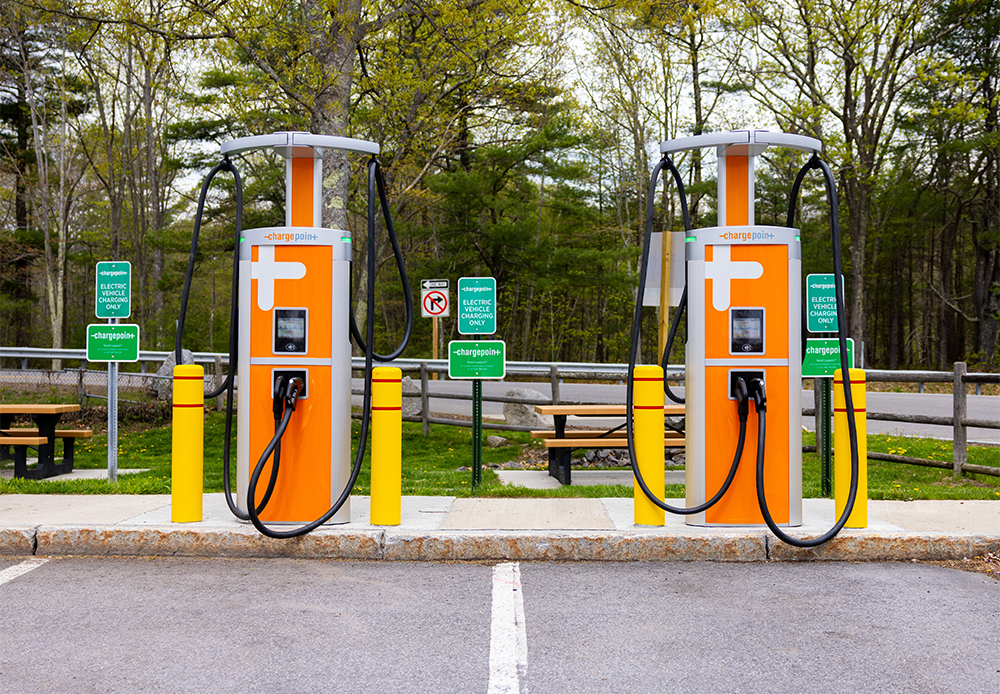Estimating the exact range of an EV can be complex, and it’s even more so when a model comes in several different variants. Tesla has released a detailed explanation of how range is calculated, and how various vehicle configuration choices affect it.
In a blog post titled Driving Range for the Model S Family, Chief Technical Officer JB Straubel explains how the different versions of Model S compare in terms of range. Model S is offered with two battery sizes, and opting for the P (Performance) package slightly decreases maximum range, whereas the D (Dual drive) option slightly increases it.
Model S buyers can also choose different wheel and tire options, and these have a substantial effect on maximum range.
The standard way to express vehicle range in the US is the EPA 5-cycle system, which takes account of various different driving conditions to give an approximation of the average range. However, it is sometimes relevant to consider the constant speed cruising range (for example, if you’re taking a long trip on the highway), so figures are given for the different Model S versions at 65 mph and at 75 mph.
EPA 5-cycle Range
| Variant | EPA 5-cycle Range** [miles] |
| 85D | 270* |
| P85+, P85, 85 | 265 |
| P85D | 253* |
| 60 | 208 |
* Values for 85D and P85D are pending final confirmation from the EPA and use new dual motor torque sleep control software available by the end of January 2015.
** In the table above all vehicles, including the P85+, are using 19″ tires.
Cruising Range
| Variant | 65 mph Range* [miles] |
75 mph Range* [miles] |
| 85D** | 295 | 249 |
| P85+, P85, 85 | 285 | 242 |
| P85D** | 285 | 240 |
| 60 | 215 | 183 |
*All vehicles in the table above are using 19″ tires.
**Using new torque sleep control software available end of January 2015.
Helpful graphs show how range varies with speed, taking into account all the different versions, and all the possible wheel and tire choices.
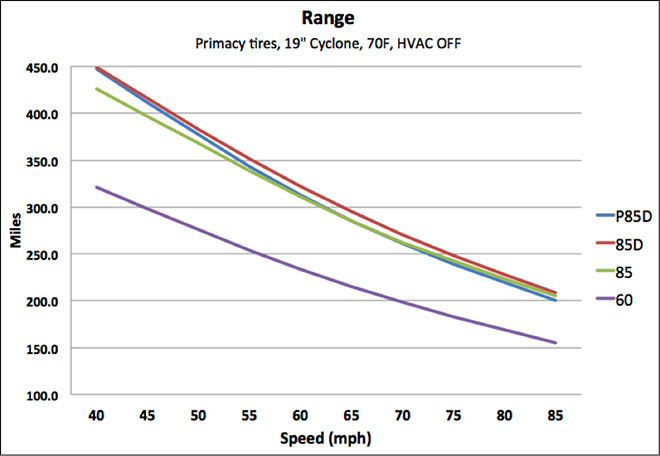

Also discussed in this post is Tesla’s innovative dual motor torque sleep control software, which allows one of the motors in the dual drive Model S to “sleep” when not in use, and will be available by the end of January 2015.
Source: Tesla
Top Image: Paul Sableman/Flickr




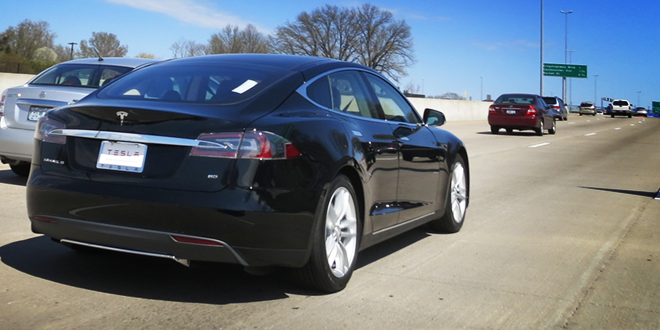








































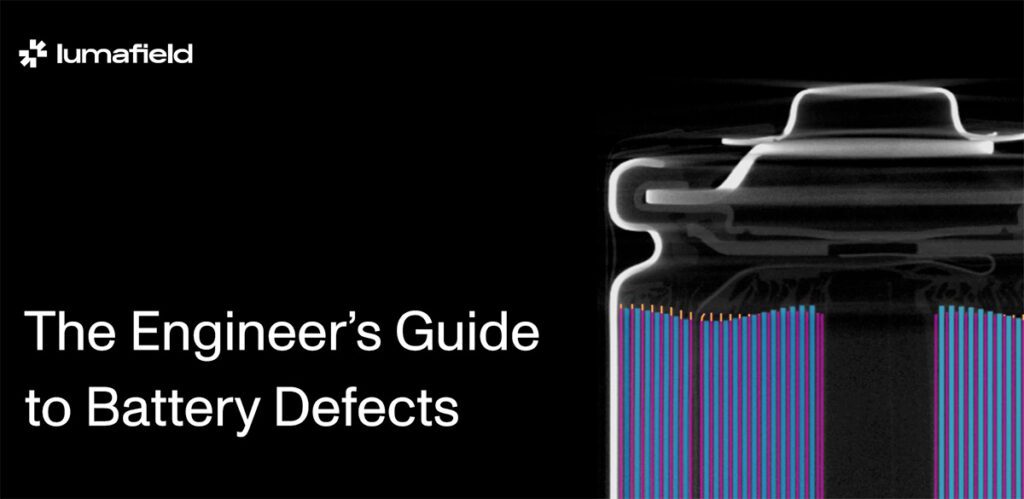
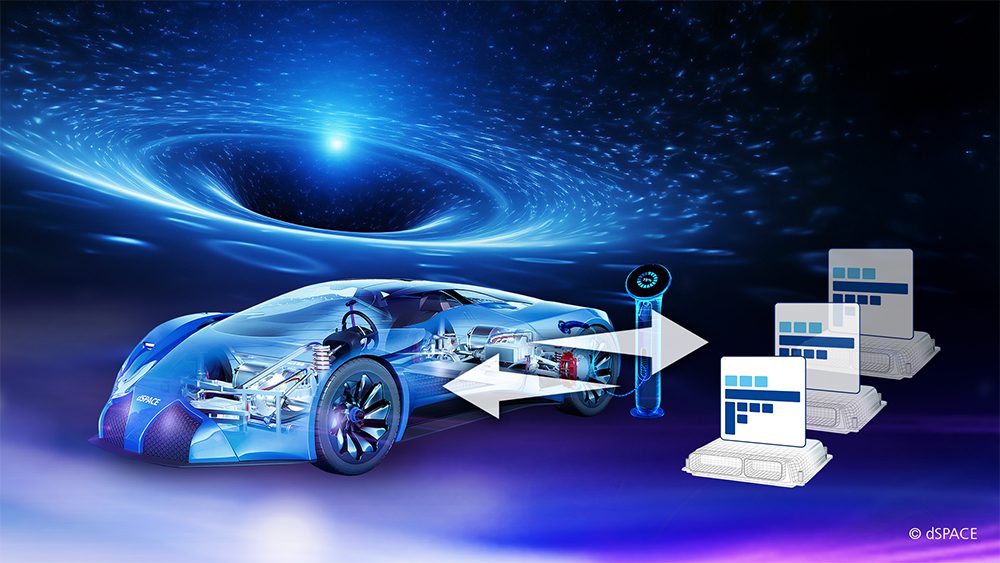
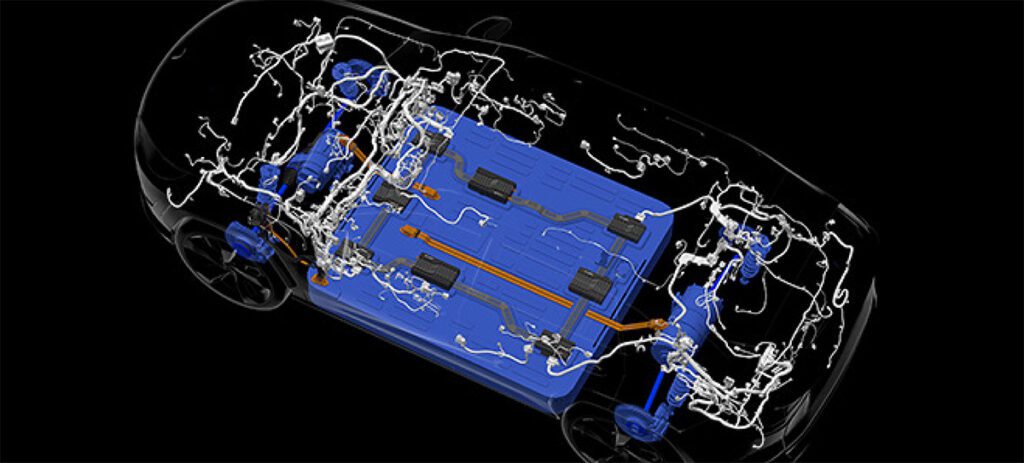
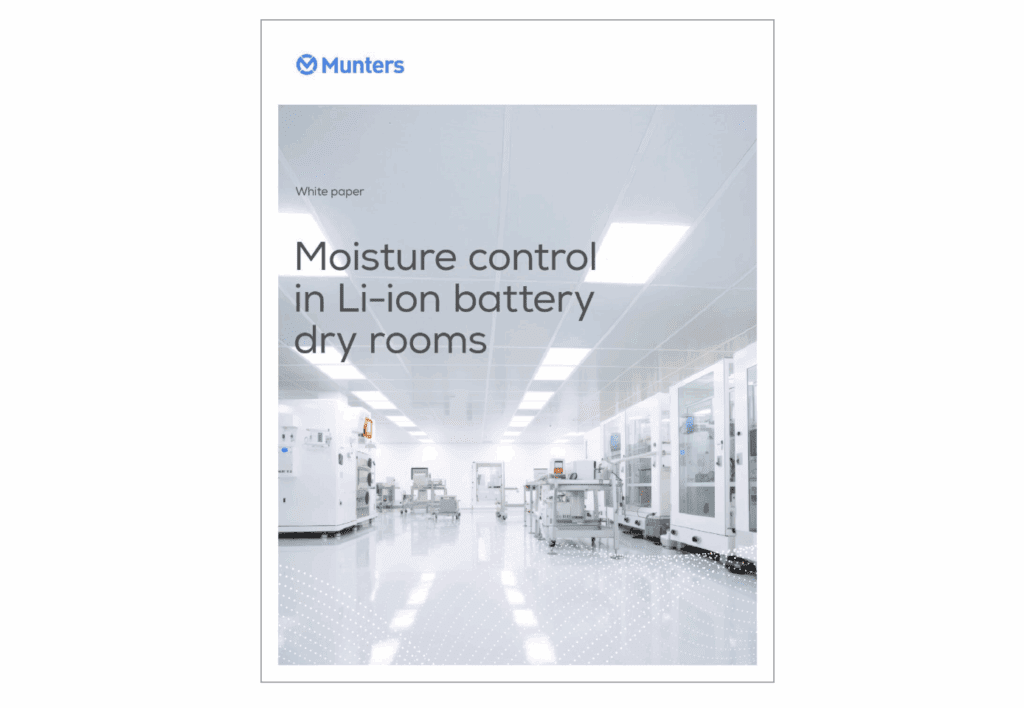
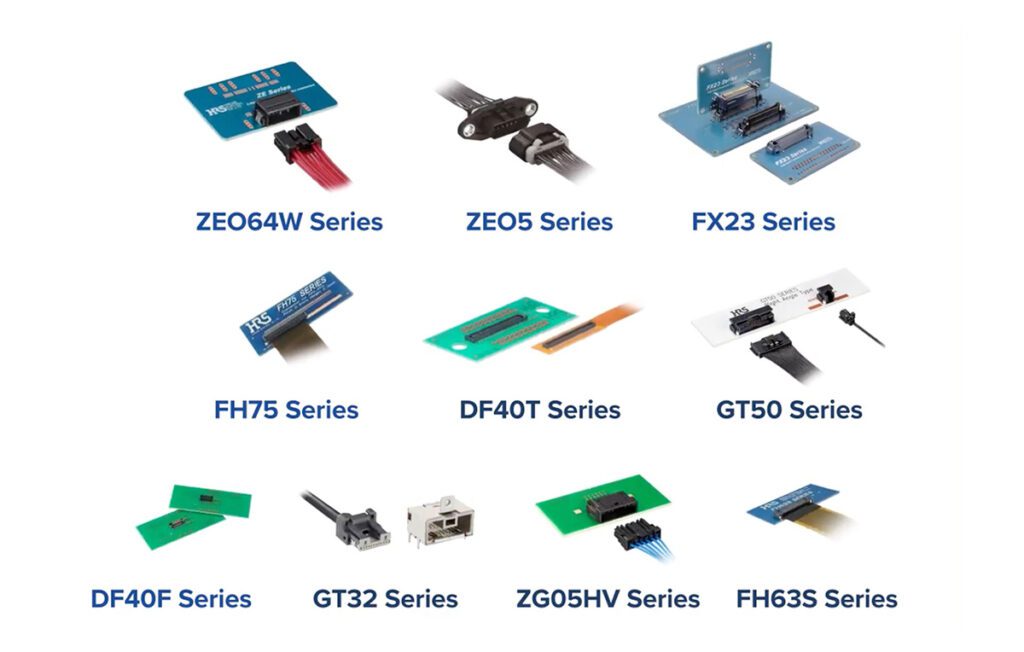
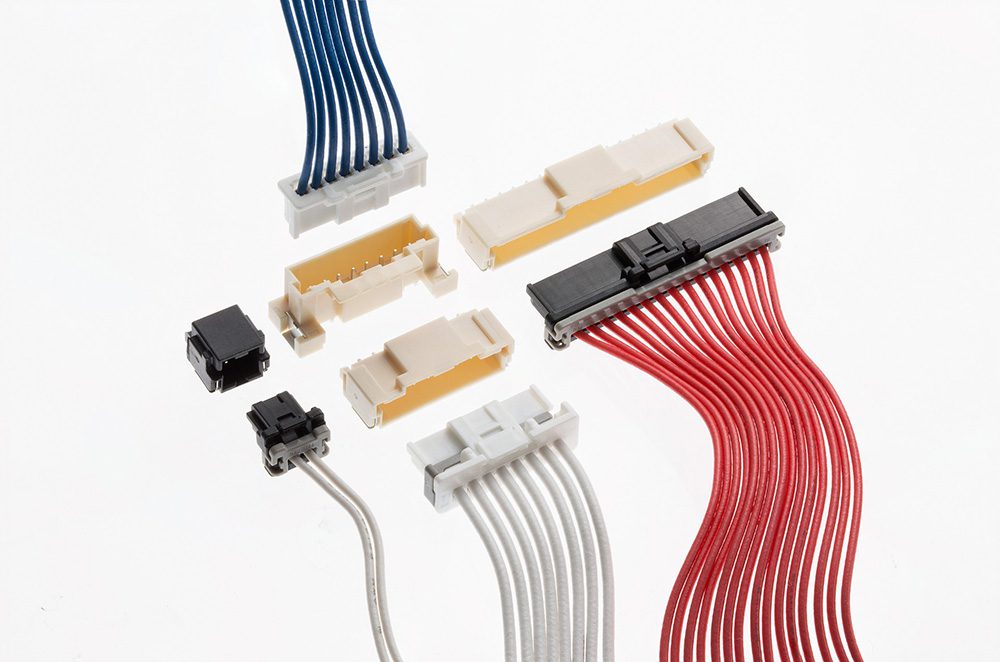
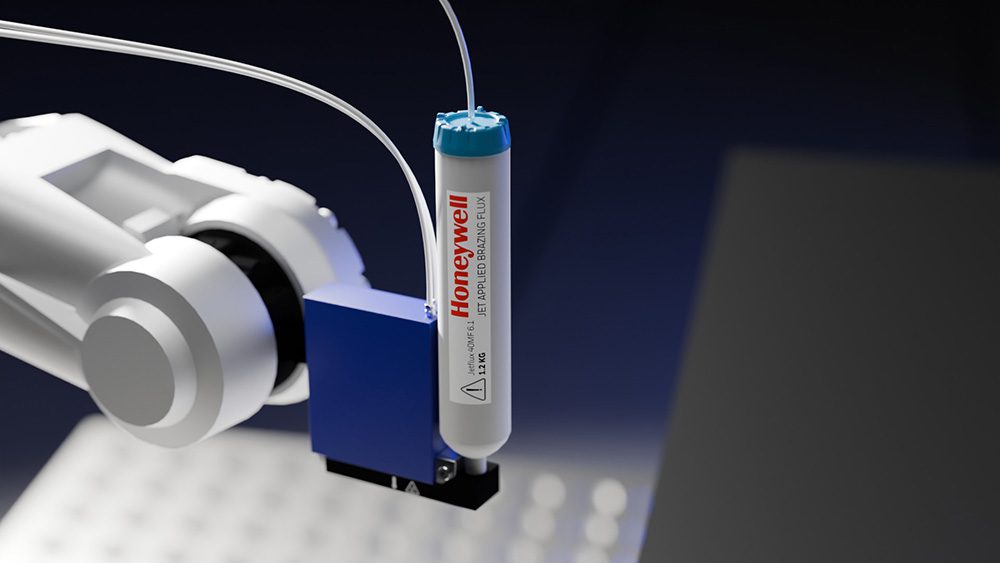



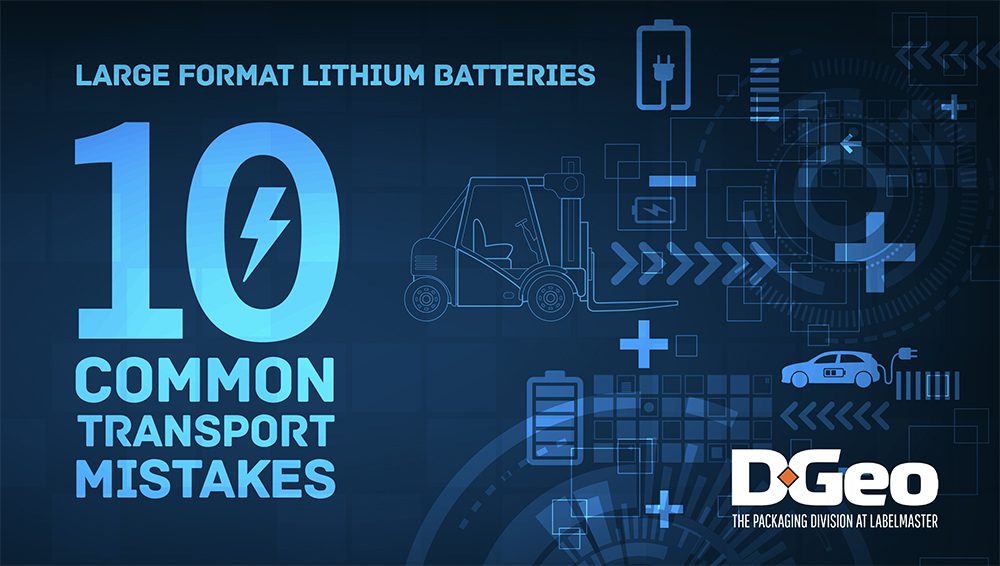


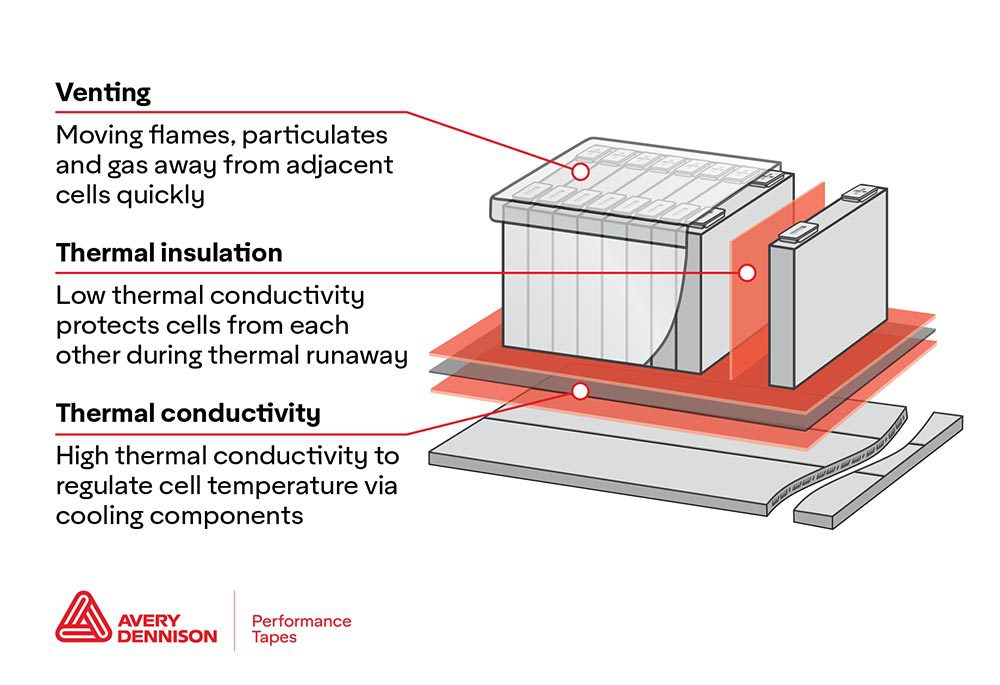
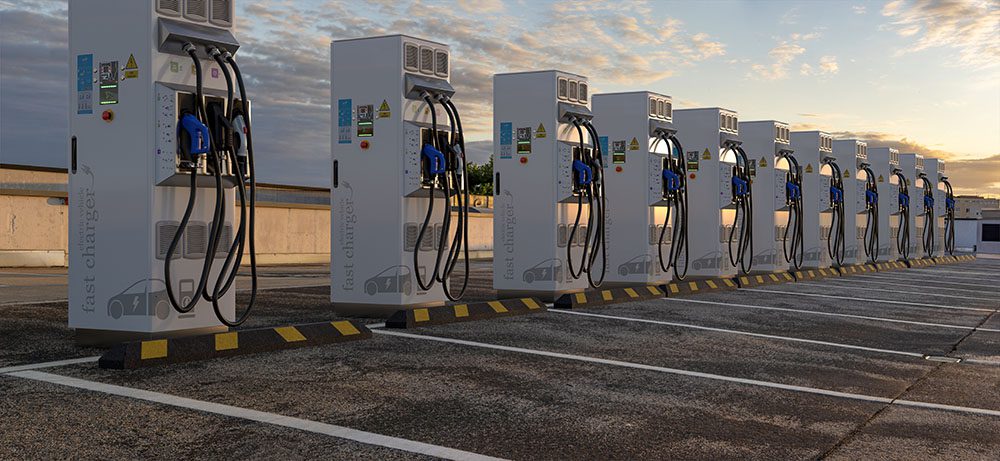



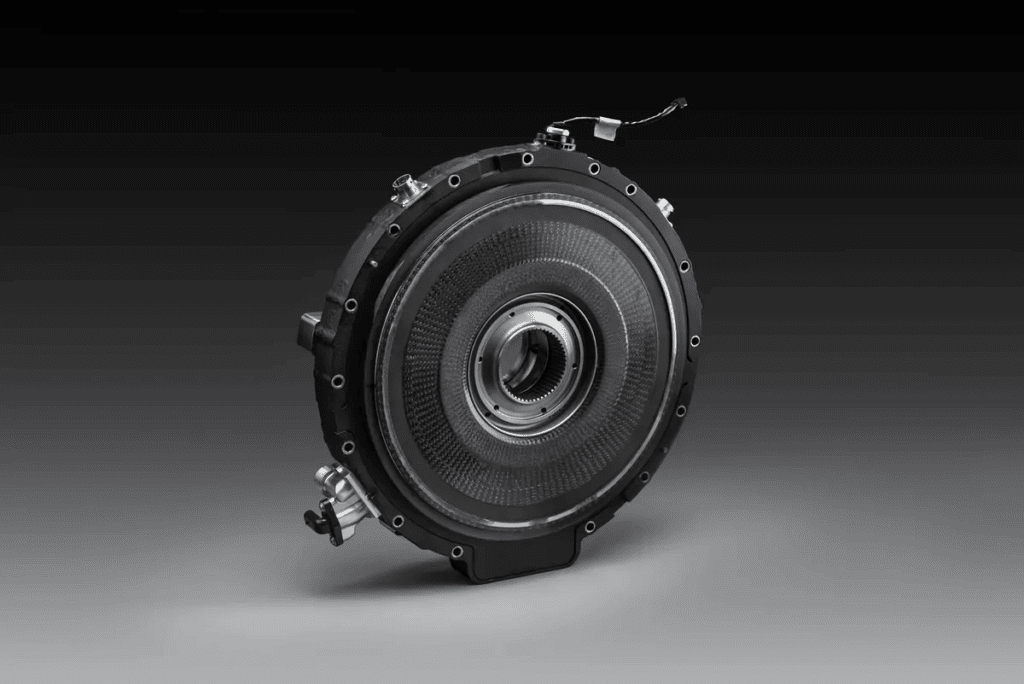
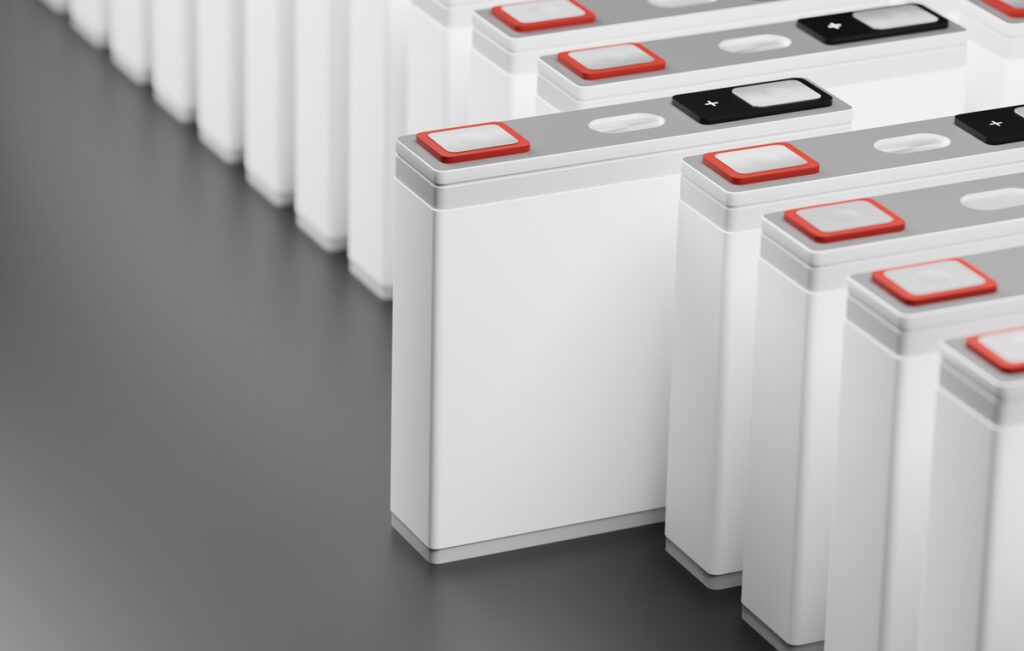
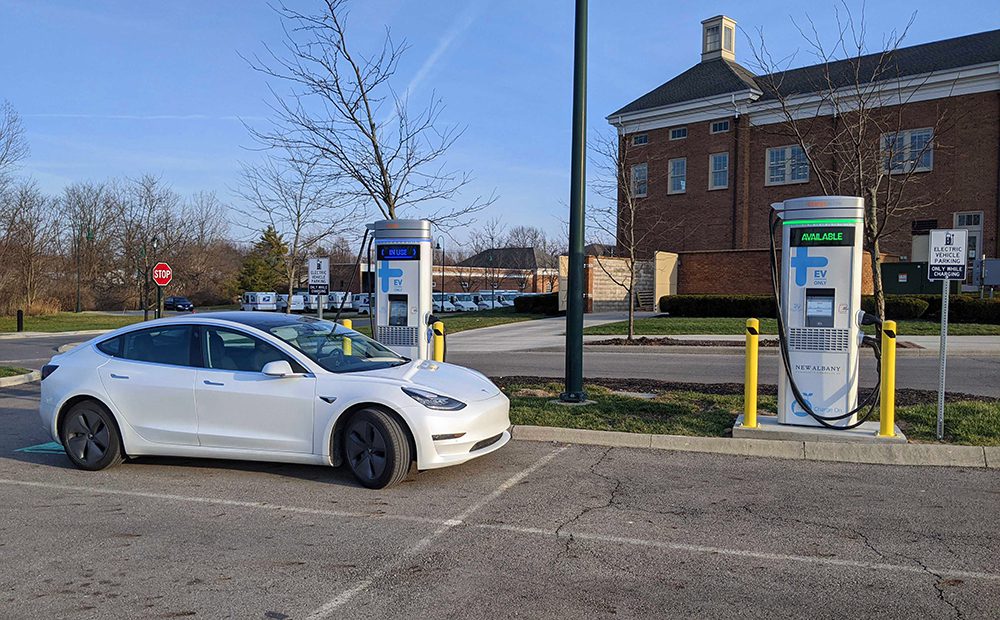


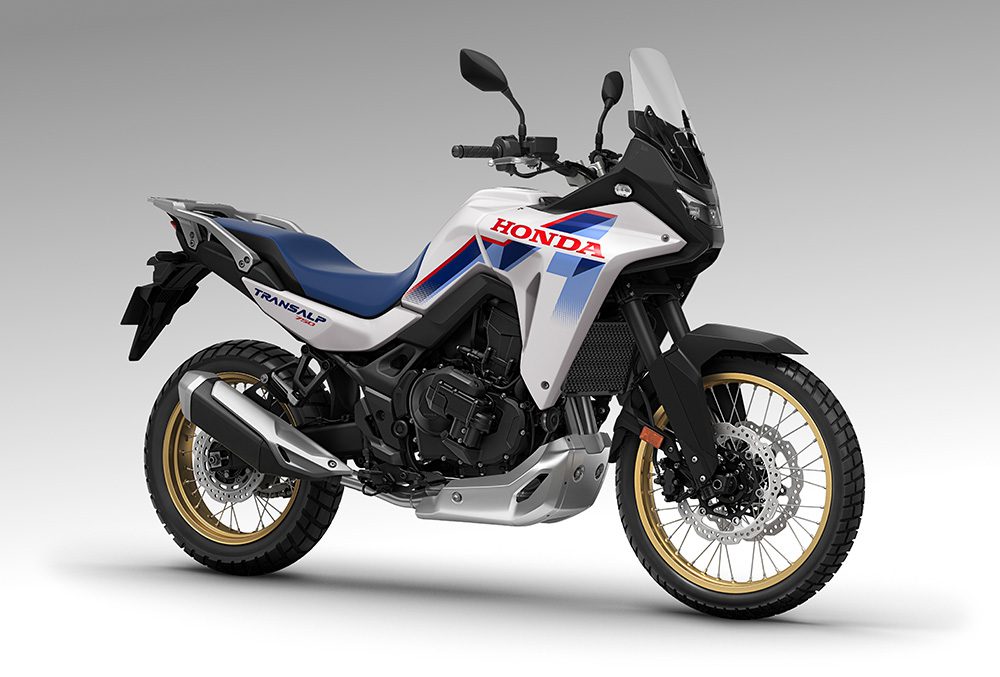


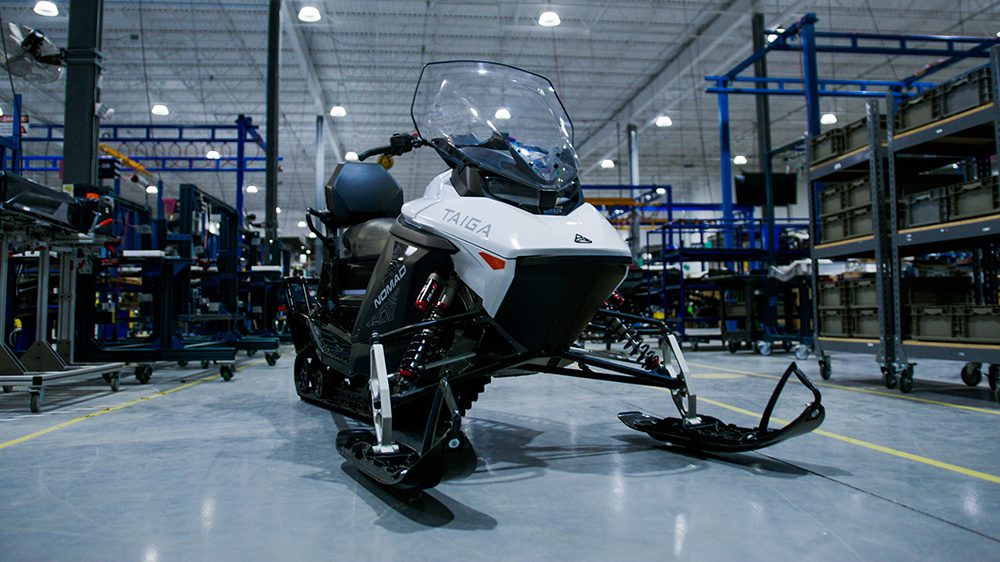
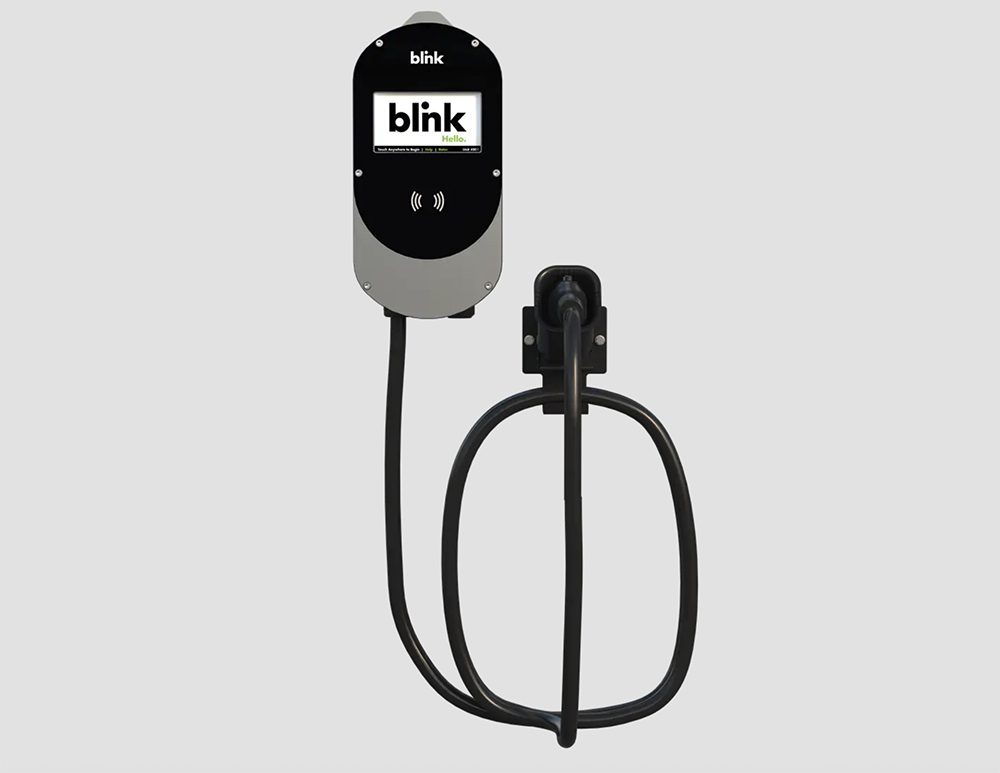
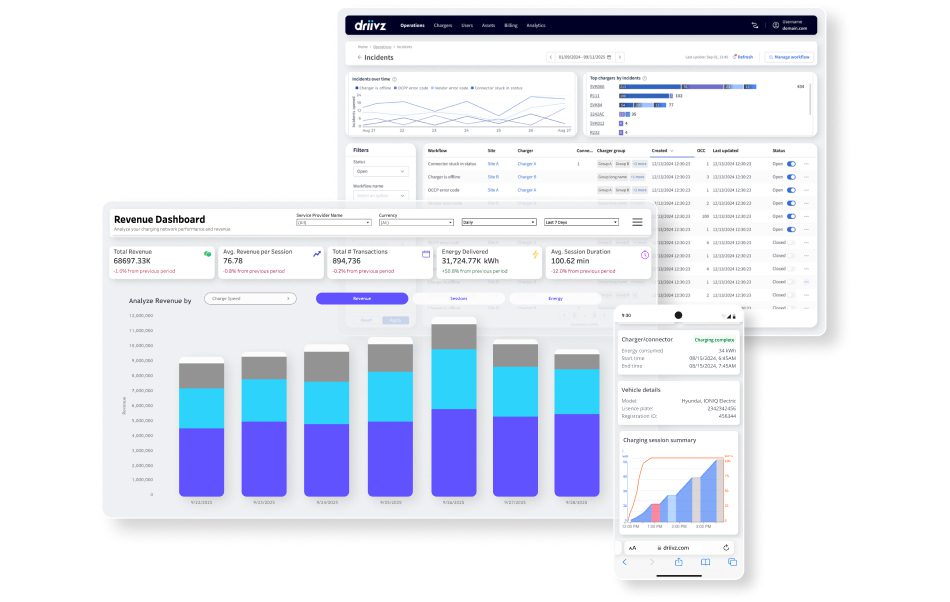
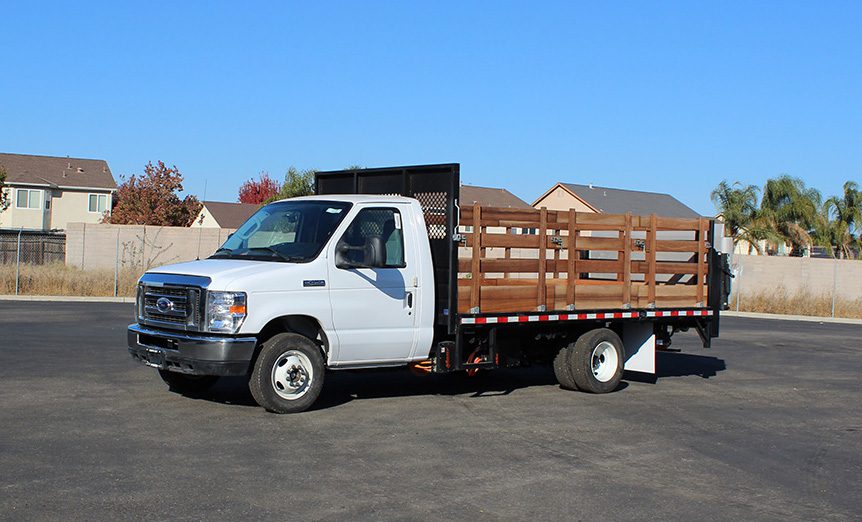

















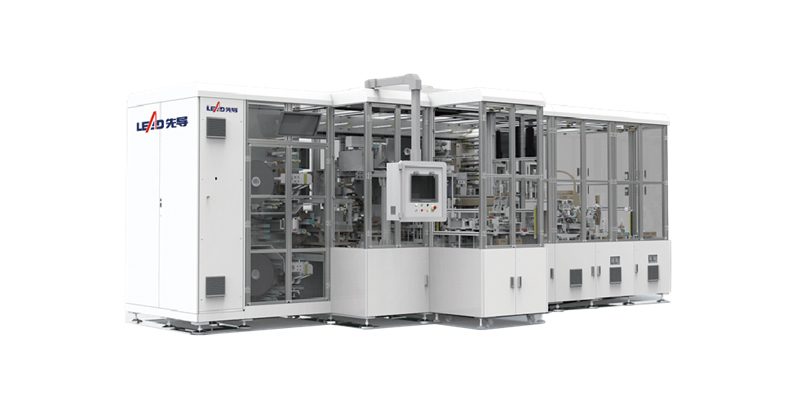


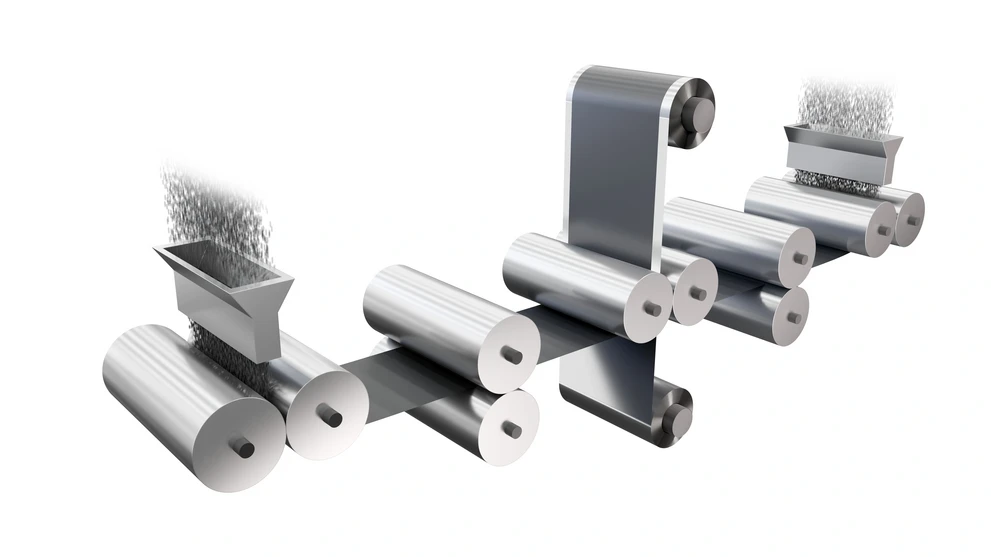

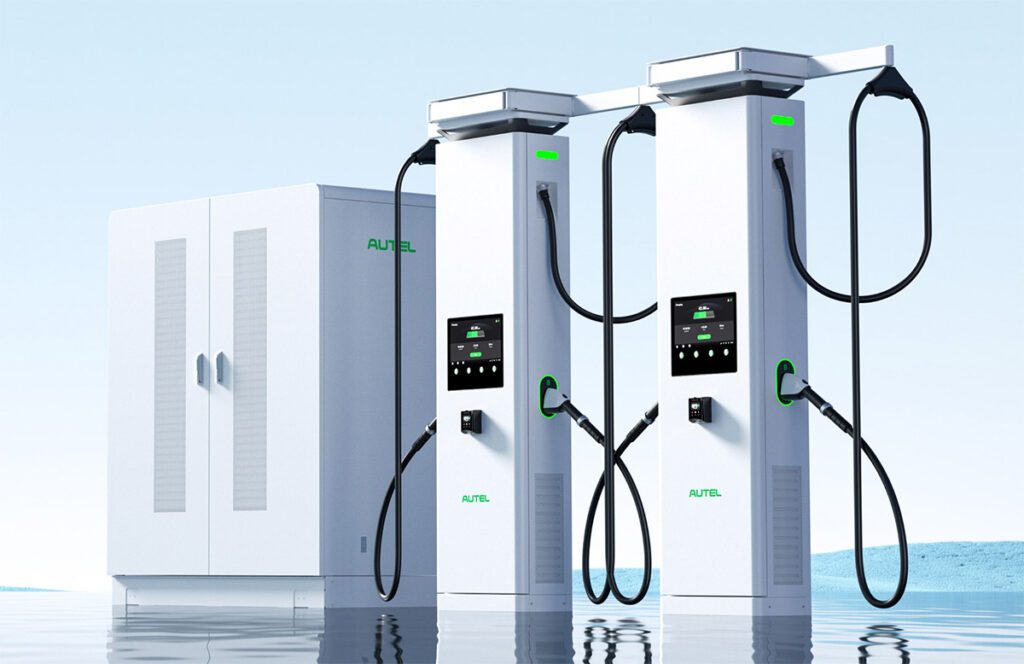
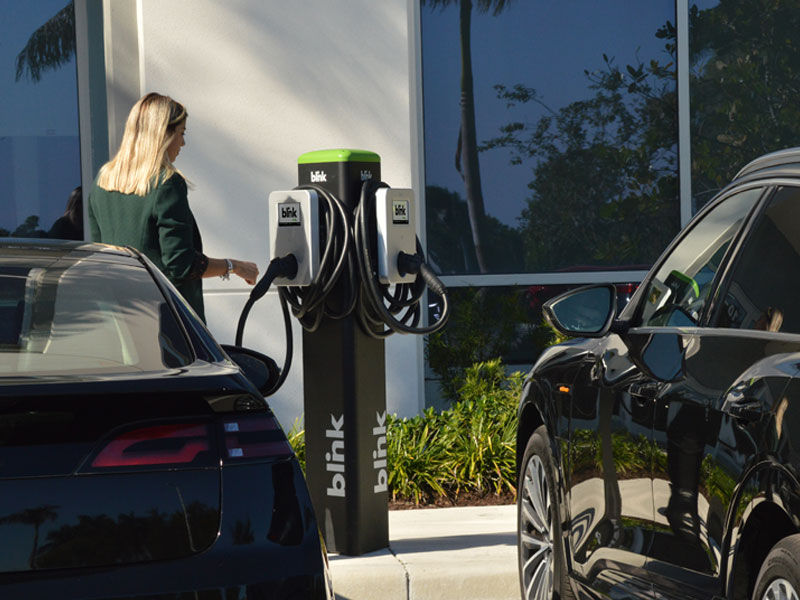
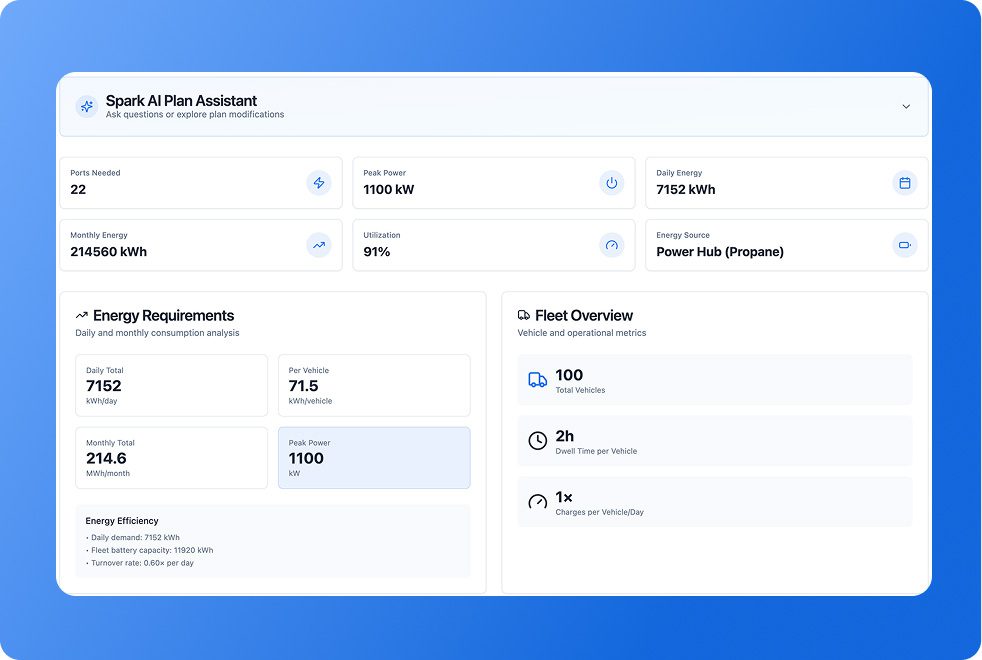
![New York City may replace Central Park’s horse-drawn cabs with electric carriages [Updated]](https://chargedevs.com/wp-content/uploads/2025/09/AdobeStock_273233016.jpg)
